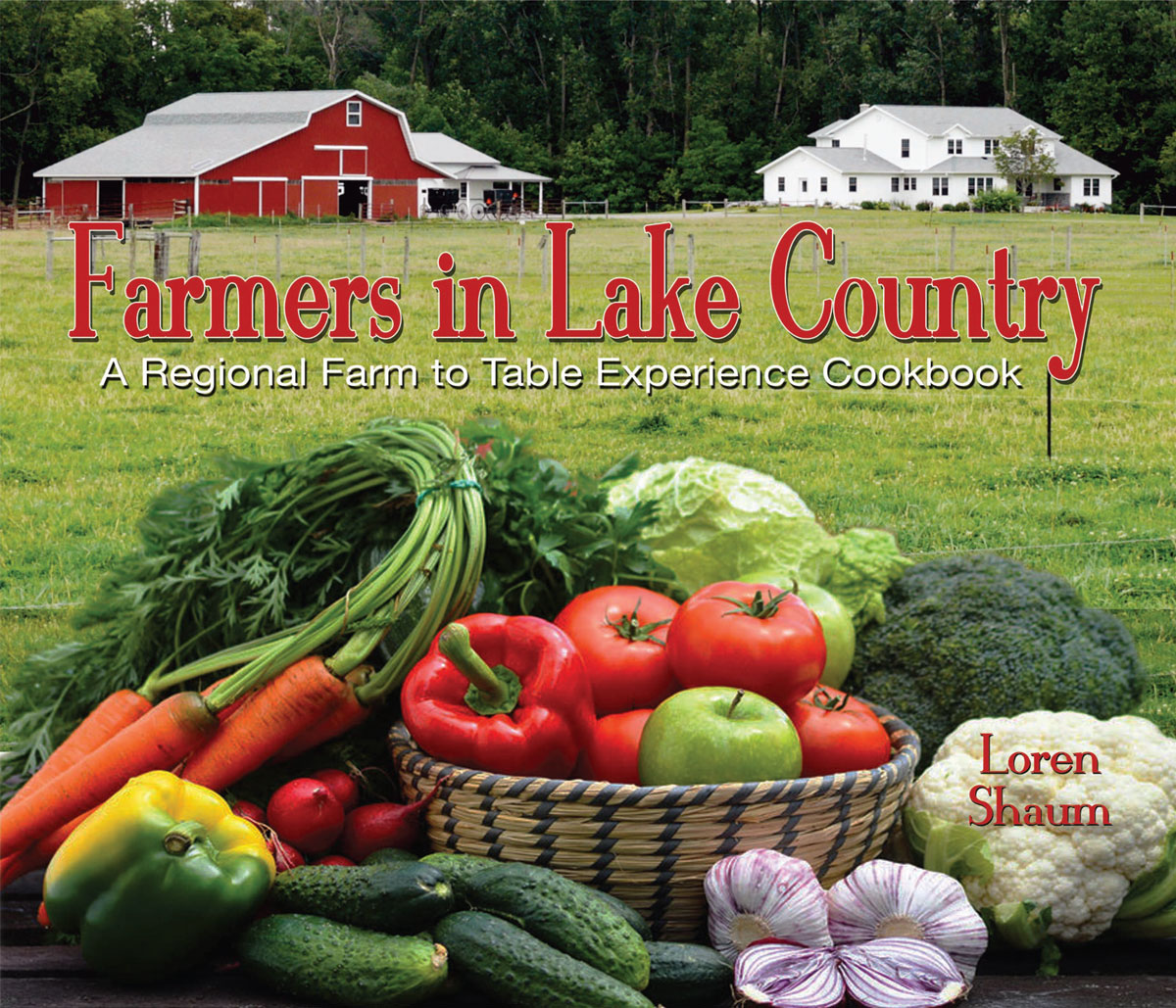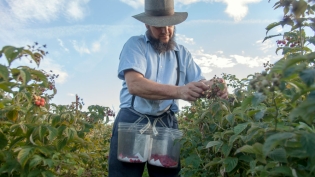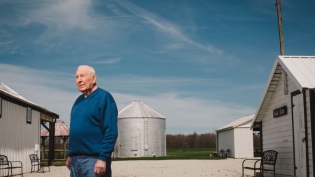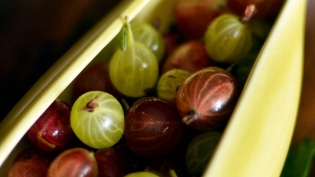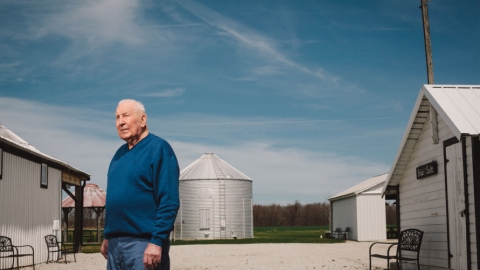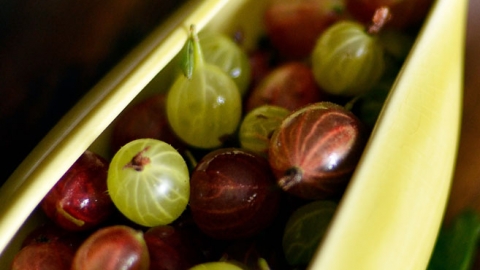Something Old, Something New
Farm-to-table trend reconnects with the way things used to be
From my perspective, the farm-to-table experience is nothing new, nor is the notion of sustainable. Having grown up in Lake Country (Elkhart County, Indiana) with an Old Order Mennonite background from my mother’s side, farm produce was always available from the family farm near Wakarusa and our truck farm just north of Dunlap. Fresh produce of all kinds, free-range poultry that roamed a large, fenced-in orchard and pork were all readily available. Beef was raised when the family was younger, but…they eventually gave that up.
We dug potatoes, radishes, turnips, carrots and other root vegetables, wiped off the dirt and ate them in the garden. Our truck farm was so prolific that we supplied fresh eggs and produce to many roadside food stands. Whatever was harvested that day was prepared for the table that evening. Crops were always seasonal, with vegetables usually available starting in late April. Fruits from the orchard started in late May (beautiful ripe cherries that gave me a bellyache from eating more than I picked).
Apples and root vegetables of all types were stored under the back porch for later use. They kept quite well—especially potatoes—in spite of some frigid winter temperatures. My dad farmed his produce garden into his early 80s, cycling crops when he decided and reorganizing the garden every year.
During harvest time on the family farm near Wakarusa, the noon meal was the major meal and sufficient for a king. The dinner bell rang at noon to call the workers in from the fields. Everything was spread out on a large table, usually in the back yard. Special attention was given to the homemade noodles, mashed potatoes, fresh potato salad, fresh biscuits and pork gravy, seasonal vegetables (usually several kinds), often fresh green beans prepared various ways on a daily basis, and many pies. Pies are always popular with Mennonite and Amish families, like old fashioned cream (a summer favorite), shoo-fly, pecan, banana cream, chocolate cream, sometimes peach cream and several fruit pies depending on what was available—all made from scratch.
To expand the farm-to-table movement in those days, my aunts rented a stall at the South Bend Farmers Market. Early in the week, chickens, often ducks and sometimes rabbits were harvested, homemade noodles prepared (noodles were left to dry all over the house) and washing, polishing and packing fresh eggs in cartons was done. … I earned extra money by weaving hot pads on a little metal rack and displaying them in the booth. Selecting the various colors to see which might sell the quickest became a summer challenge. At 4 every Saturday morning, the truck was loaded and headed to South Bend. I slept most of the way but was always rudely awakened to unload. Then back for another nap.
Since the family was doing all this in the late ’40s and early ’50s, clearly, the farm-to-table concept is nothing new!
To read more, look for Loren Shaum’s Farmers in Lake Country for sale this summer at local farmers markets, bookstores and shops. Or, to place orders, contact Loren Shaum at comtec@kconline.com.
Loren Shaum is a food writer and cook with a background in engineering. He is the author of two previous cookbooks, Seasons in Lake Country and Holidays in Lake Country. He lives in Syracuse, IN.


